How to make natural perfumes
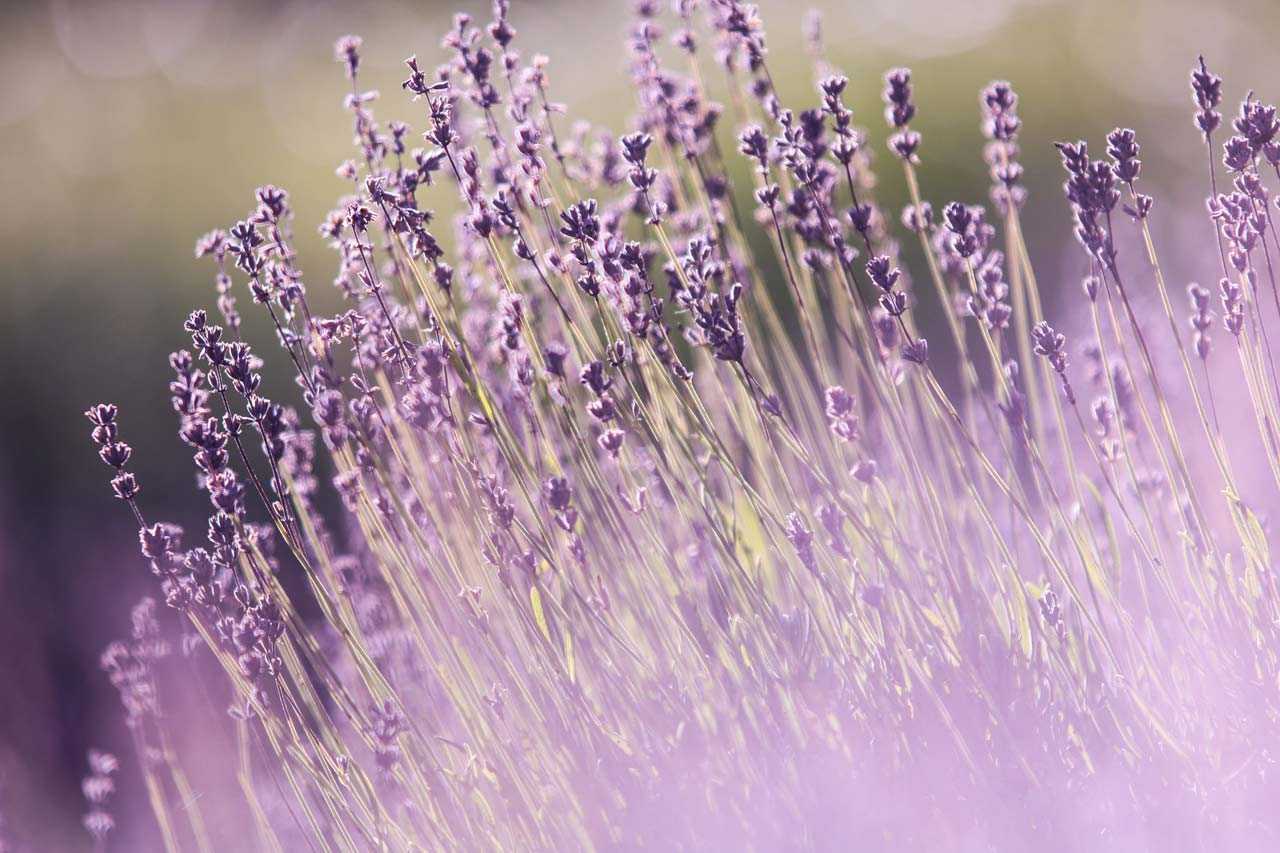
How to make natural perfumes
“Making perfumes is easy”, says Guy Robert to his colleagues at the prestigious British Society of Perfumers, link He details with humourism the different ways in which a perfume comes into being. A genesis of perfumes.
This affirmation may look extravagant. A provocation. One could object that it is easy for him and for perfumers but not for laymen ignorant of the craft.
As a perfumer, I can tell you that what he asserted is as true as saying that swimming is easy. To perfumers making perfumes is easy and to swimmers swimming is easy. To non-perfumers and to non-swimmers it looks impossible. Anybody can learn how to swim and how to make perfumes.
I have seen children in my workshops make instinctively very good perfumes. Is this not the proof that making perfumes is easy?
Not every swimmer will be an Olympic champion nor every hobbyist perfumer will become a nose but everybody can swim or can make perfumes, and realize that it is easy to do, once having learned.
There are very few chefs but practically every woman on earth can cook well.
As a natural perfumer, I can say that making natural perfumes is even easier than making commercial chemical ones.
A normal perfume contains several hundred single chemical molecules.
Combining all of them is made easier as they are often grouped into accords, such as a rose note build with 20 single molecules, but many of these chemical ingredients are single molecules ingredients that are added one by one by the perfumer.
The complexity brought by having many molecules in a perfume makes it pleasant. With only a few of these chemical constituents, it would be flat, overpowering, and without attractiveness.
The ingredients used to make natural perfumes are very different. They are already compounds of hundreds of molecules.
Essential oils, absolutes, resinoids, tinctures are so complex as to not been possibly replicated by laboratories in all their splendid complexity and beauty.
A natural perfume made with just a few ingredients surpasses easily the commercial perfumes in sheer complexity, making it easy to reach what Luca Turin calls simplexity. A coherent smell with a clear meaning is easy to apprehend, the inner beauty of richness, depth, and shades due to the great number of molecules that compose the natural essences.
In commercial perfumery the chemical ingredients have only purity as a parameter of quality, Benzaldehyde pure at 98% for instance.
In Natural perfumery, the quality of the essences has many parameters: intensity, radiance, longevity, evolution, sheer beauty…
They are many emeralds but some are just more beautiful than others. The same is true for essences.
Natural ingredients are olfactory gems. Perfumes are olfactory jewels made with them. The jewel can be only as beautiful as the gems are.
Perfumery is like cooking, you cannot make five stars restaurant gastronomy with supermarket ingredients.
This is what I always say to my students: “Your perfumes can be only as good as your ingredients are”, and the first thing I teach them is to be able to evaluate the quality of their natural ingredients.
Just as a jeweler teaches his apprentice how to recognize the quality, beauty, and price of the precious gems.
In reality, natural perfumery is not for everyone. Making the best perfumes in the world requires from a perfumer a passion for the ingredients, a maniacal scrupulosity for the quality, continuous research for the best, and a total disregard for the price to pay in order to obtain the most beautiful smells.
Natural perfumery requires a person to have high standards of morals and ethics, deontology, and philosophy.
Only then, something goes into the perfumes that is beyond logic and chemistry, something that is akin to alchemy.

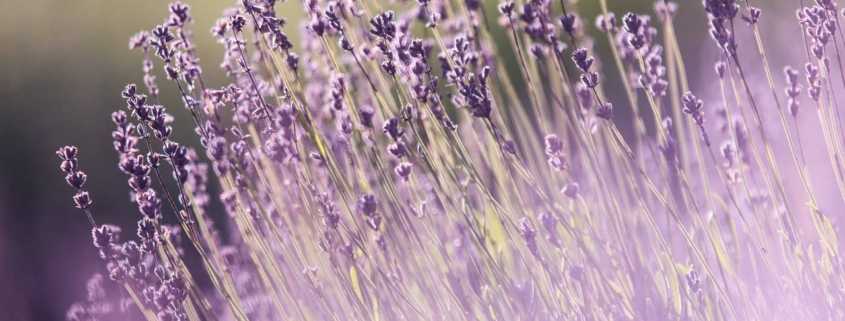

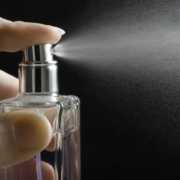
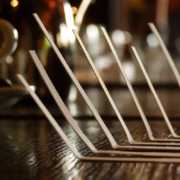
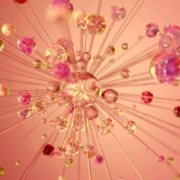
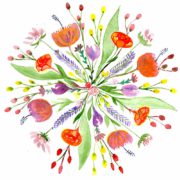
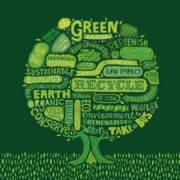
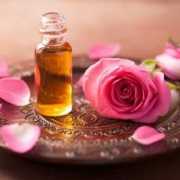
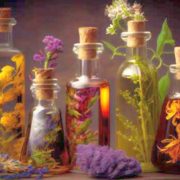














Totally enjoy reading the articles and I always feel the beauty of natural ingredients supercedes any chemical smell, I wish to have the chance to really explore more of my interests in developing pure perfume one day